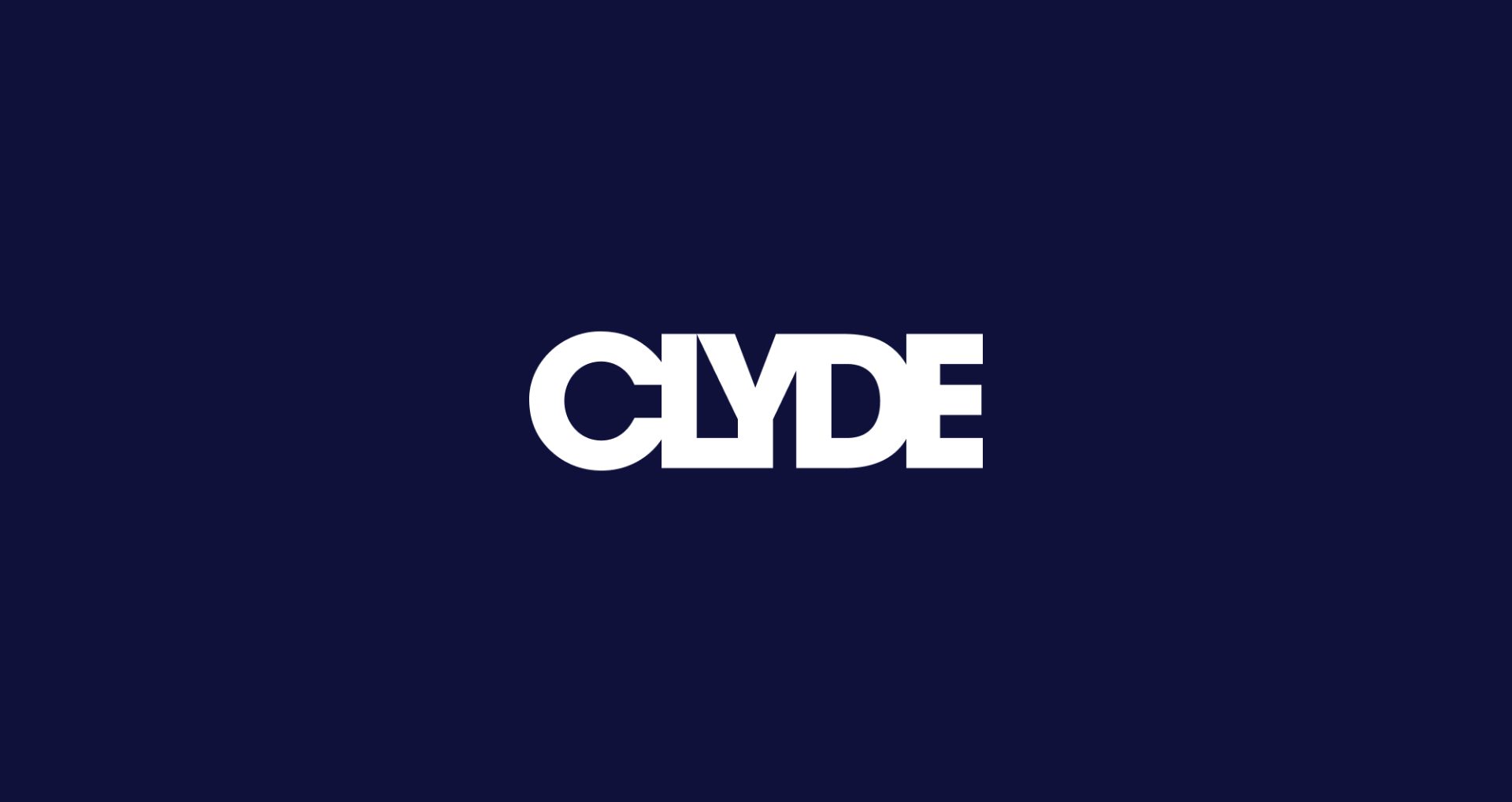Insights
This Pride, Communicate Authentically.

Rob Packnett recently wrote: “They didn’t cancel Pride this year, they canceled PrideTM this year. Pride is right now and it’s the most authentic it’s been in decades.” As a queer woman living in DC, a city with one of the highest shares of LGBTQ+ representation in the country, this post resonated with me. Over the years, I’ve grown accustomed to the city’s streets being flooded with thousands celebrating the LGBTQ+ community every June. This speaks to the age of LGBTQ+ representation, equality, and acceptance we find ourselves in. As the public increasingly demands that businesses and organizations accurately represent our identities, now is the time for individuals and organizations alike to focus on educating themselves and changing how they interact with the LGBTQ+ community.
In this day and age, the focus is on authenticity—how people, companies, organizations, and the nation show up for the queer community. Every summer, when businesses show their support for LGBTQ+ people, the reception of their efforts is directly proportionate to their authenticity. After all—Pride was originally born out of protest. If a company’s Pride campaign is viewed as leveraging the struggles of our community for profit, it will backfire.
That doesn’t mean businesses should shy away from participating in Pride or showing support for our community. Quite the contrary—it’s now widely expected that brands speak out in moments of civic importance. But here’s the kicker: a Pride social post and a press release are not enough. No matter the industry, communicators have a responsibility to speak to and represent LGBTQ+ people.
It’s not just the right thing to do, it’s good for business. Representing queer people in the media builds support for brands that represent them. A recent study conducted by Procter & Gamble and GLAAD, found that companies that included LGBTQ+ people in their ads were viewed favorably by nearly 70% of respondents, who said they felt “better” about buying products from those companies. This staggering percentage clearly indicates the pros of including the queer community in your marketing strategy.
If you’re struggling to incorporate LGBTQ+ representation, here are a few steps:
Create with queer people in mind and in the room. It’s a lot harder to know which of your messages resonates most with queer people if there are none in the room when you write them. Invite them into the creative process. Place them in decision-making and leadership positions. Empower them to make your company’s campaign authentic to both your mission and the LGBTQ community’s history and nuances.
Represent the LGBTQ+ community in your communications.
Specificity of language is incredibly important when communicating to such a diverse and constantly evolving audience. Ensure your lexicon is inclusive of all marginalized populations, including people of color and those with disabilities. The LGBTQ+ community is an intersectional group of overlapping identities—your word choice can make or break your relationship with them.
Avoid pinkwashing.
Deliberately appropriating the queer community for monetary gain is a surefire way to drum up serious media backlash. As recent as three weeks ago, BAE Systems, one of the world’s largest defense companies, was accused of doing just this. The company received widespread criticism after they used the #BreakTheSilence hashtag on International Day against Homophobia, Transphobia, and Biphobia, due to their continued supply of weapons to Saudia Arabia, whose Kingdom is known for its homophobic rulers.
Rather than simply slapping a rainbow flag on your company’s website, don’t be afraid to openly discuss how your business is reaching out to the queer community in a meaningful way—not just with words, but with actions.
Get smart and do your research.
The LGBTQ+ community is not a monolith. A major critique of corporate participation in Pride celebrations is their focus on cisgender gay men. In reality, they make up less than half of the queer population. When your company’s campaign reflects that diversity, you avoid a myopic—and likely unsuccessful—marketing tactic. Getting smart on our history, interests, and demographics makes it much more likely that your communications will reflect your deeper understanding of our experience. Gillette’s 2019 advertisement depicting a father showing his transgender son how to shave is a perfect example of this. Not only did the ad validate the existence of the trans community, it also showed a deep understanding of the importance of familial support in the LGBTQ+ community. Studies show that when rejected by their families, LGBTQ+ youth are more likely to engage in risky health behaviors, experience depression, experience homelessness, and commit suicide. Gillette saw an opportunity to develop a campaign that embraced the community’s diversity, was informed by our history, and validated our experiences.
Show up for the queer community beyond Pride month.
News flash: the gays don’t go anywhere after June—corporate efforts and representation can’t either. The more we feel consistently heard and represented in companies’ year-round communications, the likelier we are to support them. Lush’s 2017 Valentine’s Day ad campaign is a perfect example of embracing queer culture outside of Pride month. And don’t let the complexity of our experience paralyze you from showing any support. It is more important for allies—individuals and industries alike—to show up imperfectly for LGBTQ+ people than to not show up at all.
Keeping these straightforward (no pun intended) tactics in mind will help relay your authenticity in representing the LGBTQ+ community. As communicators, we’re responsible for telling our organization’s stories to reach our communities. Queer people are part of those communities, so let’s do our part in showing up for them during—and more importantly, beyond—Pride month.